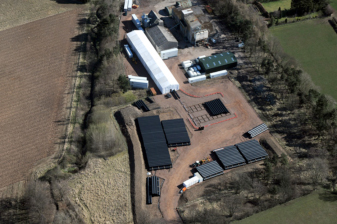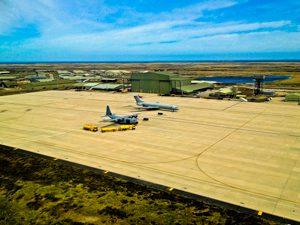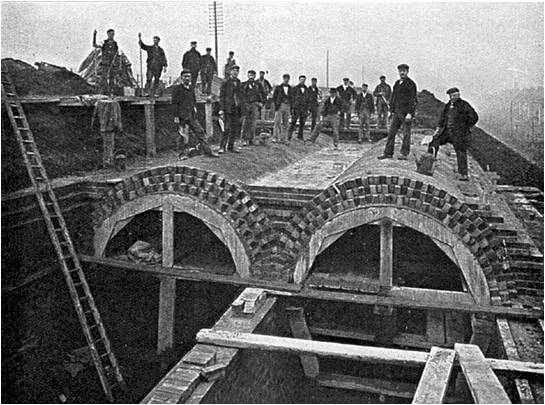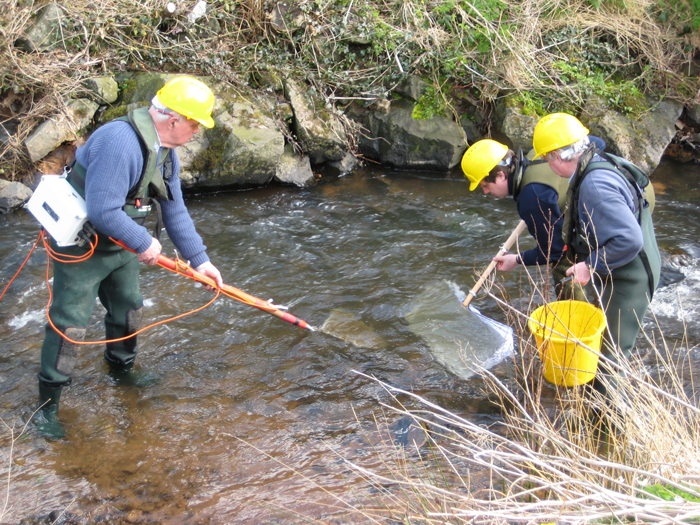Version 5 Projects Manual Section Structure
Below are the revised sections with example issues assessed in the Projects Manual:
1. Project Strategy - (OPTIONAL)
Assesses how the project team has related their project to the wider sustainability agenda surrounding civil engineering and infrastructure projects, and their contribution to ‘sustainable development’. It prompts project teams to ask themselves such questions as ‘Is there evidence that the client and designer have actively adopted the principles of sustainable development in the planning and design of the project?’ and to undertake studies of the project and its likely impacts to a wider remit than just the interests of the project’s promoter. The aim is that the results might then lead to improvements, and to a judgement by the project team on whether their project is assisting the communities it serves to move on the pathway to more-sustainable living.
2. Project Management
Considers how environmental and sustainability issues are being incorporated into the overall management of the project. It covers a number of issues ranging from environmental management practices and training through to how the procurement processes consider environmental performance. CEEQUAL assesses what is being built and how it is built, so references to sustainability and social issues throughout the Manual refer to the social issues that arise from developing, designing and constructing the project, rather than the broader issues of social acceptability of the project.
3. People and Communities
Addresses a wide range of positive and adverse impacts on people affected by the project and/or on the wider communities served by or affected by the project. It covers minimising operation- and construction-related nuisances, legal requirements, community consultation, community relations programmes and their effectiveness, engagement with relevant local groups, and human environment, aesthetics and employment.
4. Land use (above and below water) and Landscape
Covers issues such as design for optimum land-take, legal requirements, flood risk, previous use of the site, land contamination and remediation measures, and applies to conventional land use, and to use of the bed of the sea, estuaries, rivers and lakes. This section also covers consideration of landscape issues in design, amenity features, local character, loss and compensation or mitigation of landscape features, implementation and management, and completion and aftercare.
5. The Historic Environment
Covers baseline studies and surveys, conservation and enhancement measures to be taken if features are found, and information and public access. New to this section are how to address issues of historic assets under water, which could include shipwrecks, old Roman jetties, old sea or river walls.
6. Ecology and Biodiversity
Covers impacts on sites of high ecological value, protected species, surveys conservation & enhancement, habitat creation measures, monitoring and maintenance.
7. Water Environment (fresh & marine)
Covers control of a project’s impacts on and protection of, the water environment, legal requirements, and enhancement of the water environment wherever practical.
8. Physical Resources Use and Management
Covers the impacts of using the very wide range of physical resources needed for civil engineering projects. The questions include coverage of: life-cycle analysis, energy and carbon emissions in use, energy and carbon performance on site, minimising material use and waste, responsible sourcing of materials including selection of timber, using re-used and/or recycled materials, minimising use and impacts of hazardous materials, durability and maintenance, and future de-construction or disassembly, design for waste minimisation, legal requirements, waste from site preparation, minimising water consumption and embodied water, policies and targets for resource efficiency, and on-site waste management.
9. Transport
Covers location of a project in relation to transport infrastructure, minimising traffic impacts of a project, construction transport, and minimising workforce travel. A new approach in this section for Version 5 is relating the assessment to whether the project is part of the transport network, a destination that places extra demands on transport networks, or other projects with more-limited impact on transport infrastructure. So questions cover the project’s relationship to transport infrastructure, access for pedestrian and cyclists, need for additional transport infrastructure arising from the project, resilience of the network, and performance for non-motorised users. |






|







